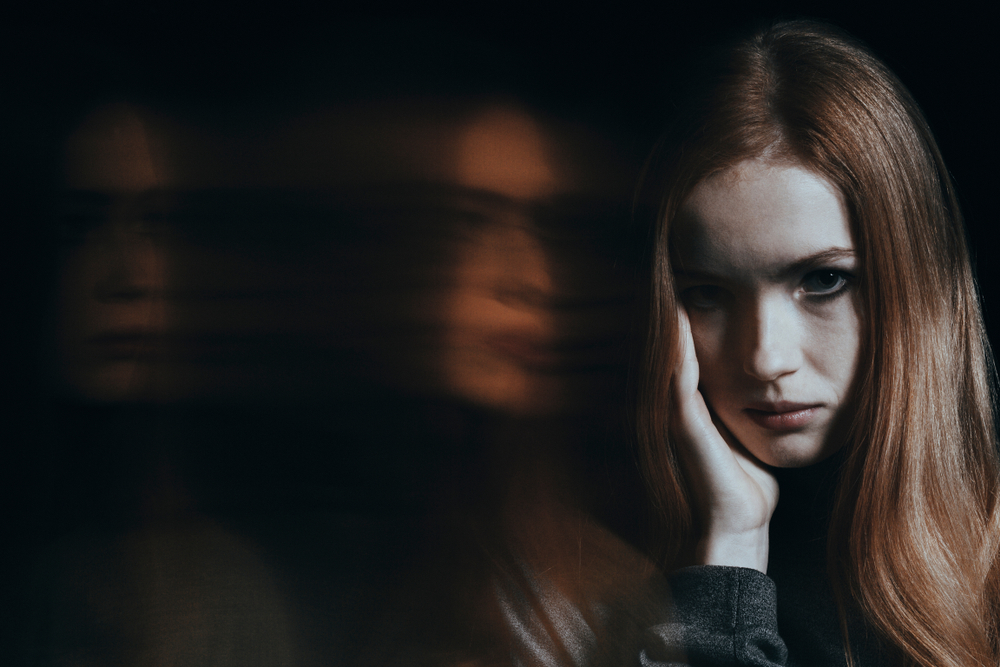The original version of this article was originally published on Psychology Today by Kristen Fuller, M.D.
Bipolar disorder affects nearly 3 percent of the adult U.S. population each year. World Bipolar Day (WBD) is celebrated each year on March 30th, the birthday of Vincent Van Gogh, who was posthumously diagnosed as likely having bipolar disorder.
This year, a different light is shed on World Bipolar Day, as the world comes together to fight the coronavirus pandemic. The International Society for Bipolar Disorders conveyed an essential message: They reminded the world that it is vital for individuals struggling with bipolar disorder and other mental health disorders to practice self-care, now more than ever.
“We would like to support people living with bipolar disorder, along with their families and loved ones. During periods of stress and social isolation, it is even more important to maintain your quality of life and to attend to both your basic needs (nutrition, sleep, and health) and those that give you fulfilment (hobbies, social interaction, exercise, and relaxation). And keep in mind that social distancing does not have to mean social isolation.”
Bipolar disorder is generally misunderstood as a disorder of rapidly alternating moods that cycle from deep sadness to extraordinary happiness. However, this common mood disorder is much more complicated than the assumed emotional rollercoaster that our society believes. Bipolar disorder, like many other mental health disorders, is often misrepresented in the media. False representations depicted on the big screen create confusion in the general public, leading to false stereotypes, harmful stigma, and blurred lines between fact and fiction.
The following are common misconceptions associated with bipolar disorder:
Misconception #1: Mania is enjoyable and productive
Mania is one of the defining characteristics of bipolar disorder and involves distractibility, irresponsibility, pressured speech, flight of ideas, and increased energy. Many individuals assume that mania is enjoyable and productive.
Although some people do have a lot of energy and feel good during this phase, they often are overloaded with stress and experience very uncomfortable and unpleasant experiences and feelings. Many individuals may feel restless and out of control, and after this manic phase, they quickly become exhausted and even more stressed.
Misconception #2: Bipolar disorder is another term for extreme moodiness
Many individuals assume that bipolar disorder is characterized by ricocheting moods. One second, an individual is manic, and the next, they are depressed. As a result of this misconception, many believe that individuals with bipolar disorder are extremely moody. The fact is that individuals with bipolar disorder do not have ricocheting moods, but rather may experience mania or hypomania once or twice a year and experience one or two episodes of depression within that same year.
Misconception #3: Bipolar disorder is similar to dissociative identity disorder
Dissociative identity disorder, previously called multiple personality disorder, occurs when a person shuts off or “dissociates” himself from a violent or stressful situation. Dissociation identity disorder is a coping mechanism for interpersonal stressors, and as a result, the individual develops at least two distinct personality states. Bipolar disorder is a mood disorder that is characterized by periods of mania and depression and is treated with medication.
Misconception #4: Bipolar disorder sparks creativity
Many authors, artists, and creatives have been diagnosed with bipolar disorder, and as a result, many individuals believe that seeking treatment for this mood disorder will hinder their creative genius.
The truth is that many individuals with bipolar disorder do not experience clear thought patterns. Seeking treatment for bipolar disorder allows individuals to be more organized in their thoughts and expressions, allowing them more time to produce creative work.
Seeking treatment for bipolar disorder
Bipolar disorder is treatable with the correct combination of medications and psychotherapy. Individuals can live with minimal symptoms and create a successful and full life. It is important to speak honestly about your symptoms with your doctor or therapist so they can help you figure out a treatment plan. You can also find support groups and resources through the Depression and Bipolar Support Alliance and the National Institute of Mental Health.
The original version of this article was originally published on Psychology Today by Kristen Fuller, M.D.
To find a therapist, get in touch with us.





